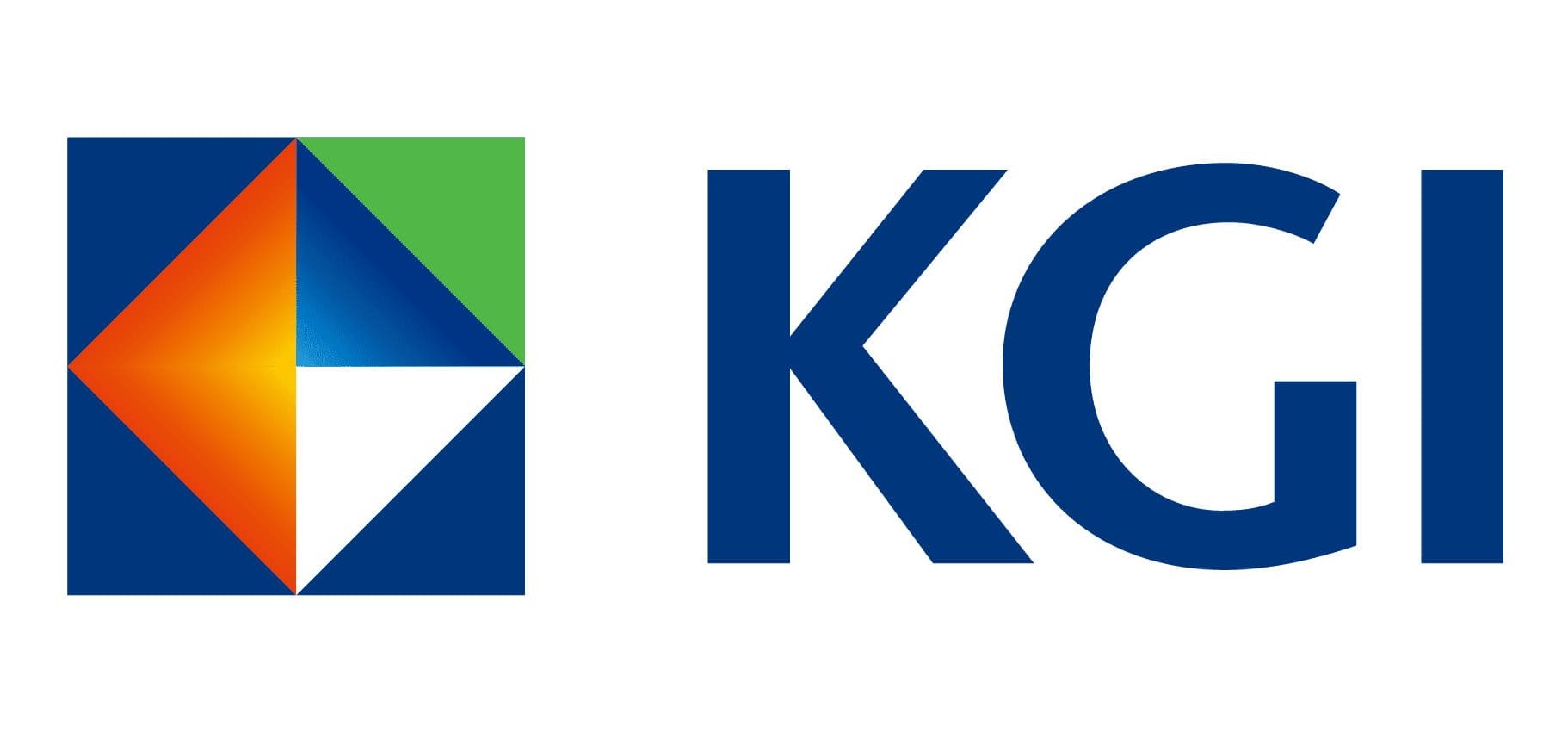Weekly Securities Newsletter: Half-Time for Tariffs

Half-Time for Tariffs
Chart of the Week:
U.S. and China Lower Tariffs, Easing Market Concerns and Driving Rotation into Cyclical Sectors
At the onset of President Trump’s reciprocal tariff strategy, the U.S. and China had yet to engage in substantive negotiations, opting instead for retaliatory tariff measures. U.S. tariffs on Chinese imports peaked at 145%, while China’s tariffs on U.S. goods reached as high as 125%. These elevated levels effectively froze bilateral trade, leading to a sharp drop in export and import activity. The U.S. faced immediate challenges in finding alternative sources for goods previously imported from China, raising concerns over potential consumer shortages. Meanwhile, China risked losing access to the U.S. export market, an outcome that domestic demand alone could not offset, posing significant pressures on its economy and corporations. As a result, both sides were motivated to resume talks, swiftly agreeing to a 90-day framework for rolling back tariffs.
Market Recap 1:
U.S.-China Trade Tensions Ease, Risk Assets Rebound Sharply
On May 12, the U.S. and China issued a joint statement announcing a 90-day suspension on most of the additional tariffs imposed on each other. The U.S. tariff rate on Chinese imports was lowered to 30%, while China reduced its tariff rate on U.S. goods to 10%. This move helped calm market fears that prolonged trade conflict between the world’s two largest economies could drag down global economic growth. As a result, investor risk appetite improved, leading to a broad rally across global equity markets. European equities saw more moderate gains, reflecting comments from U.S. Treasury Secretary Bessent, who noted that trade negotiations between the EU and the U.S. were progressing slowly. This suggests that, despite the UK reaching a deal with the U.S., Europe remains inclined to proceed at its own pace in trade talks.
Market Recap 2:
Easing Risk Aversion Weighs on Treasuries and Investment-Grade Credit; Gold Prices Also Decline
The de-escalation of U.S.-China tensions reduced investor demand for safe-haven assets, resulting in declines across U.S. Treasuries and most investment-grade bonds, while capital rotated into high-yield (non-investment-grade) debt. Although the U.S. CPI YoY increase came in below expectations, temporarily easing concerns that tariffs could stoke inflation. Federal Reserve Vice Chair Jefferson warned that the new tariffs announced by former President Trump could pose a barrier to bringing inflation back down to the 2% target. This added uncertainty to the interest rate outlook, pushing the U.S. 10-year Treasury yield to a six-week high, briefly breaching the 4.5% mark.
What’s Trending:
April CPI Holds Steady as Fed Policy Outlook Gains Focus
In April 2025, the U.S. CPI rose 2.3% YoY, the lowest since February 2021 and slightly below market expectations of 2.4%. The MoM increase stood at 0.2%. The easing in inflation was primarily driven by a 0.4% decline in the household food price index, with egg prices plunging 12.7%. However, the shelter index rose 0.3%, accounting for more than half of the month’s CPI increase, underscoring the persistence of housing-related inflation. Core CPI, which excludes food and energy, rose 0.2% MoM and remained at 2.8% YoY. Looking ahead, prices for imported goods such as furniture and appliances have shown significant increases. As inventories continue to be drawn down and tariff costs are increasingly passed on to consumers, core goods and core services may face upward price pressure in the coming months, potentially causing CPI to rise again.
In Focus 1:
UK’s Early Trade Deal with U.S. Gives Its Export Sectors a Competitive Edge
On May 8, the U.S. announced its first trade agreement since the onset of the tariff conflict, reached with the UK Key terms of the agreement include: the U.S. reducing import tariffs on UK-made automobiles from 27.5% to 10%; eliminating the 25% tariff on UK steel and aluminum imports; and the UK accelerating customs clearance for U.S. goods. The deal also includes the reduction of trade barriers on American exports in agriculture, chemicals, energy, and industrial goods—particularly by expanding market access for U.S. beef and ethanol. Additionally, the UK agreed to purchase $10 billion worth of Boeing aircraft from the U.S.
In Focus 2:
Easing Inflation Supports Further BoE Accommodation, Bolstering UK Economic and Equity Outlook
UK inflation slowed in March, with the annual CPI rate falling from 2.8% to 2.6%, primarily driven by declining energy prices. Core inflation eased slightly from 3.5% to 3.4%, while services inflation fell from 5.0% to 4.7%, reflecting a more significant retreat in accommodation costs that offset a modest rebound in transportation fares. With inflation now running below the Bank of England’s projections, this provides the central bank with room to maintain an accommodative stance. Although UK GDP data for Q1 came in strong, there are signs of potential economic deceleration in Q2. This reflects, in part, the impact of U.S. tariff policies weighing on global trade demand, as well as domestic headwinds from a cooling labor market. UK employment survey indicators have shown weakness, and the latest data continues to reveal a decline in job vacancies, adding pressure on the economic outlook and reinforcing the case for policy easing. Following a 25 basis point rate cut in May, market expectations now price in an additional 50–75 basis points of rate reductions by year-end.



